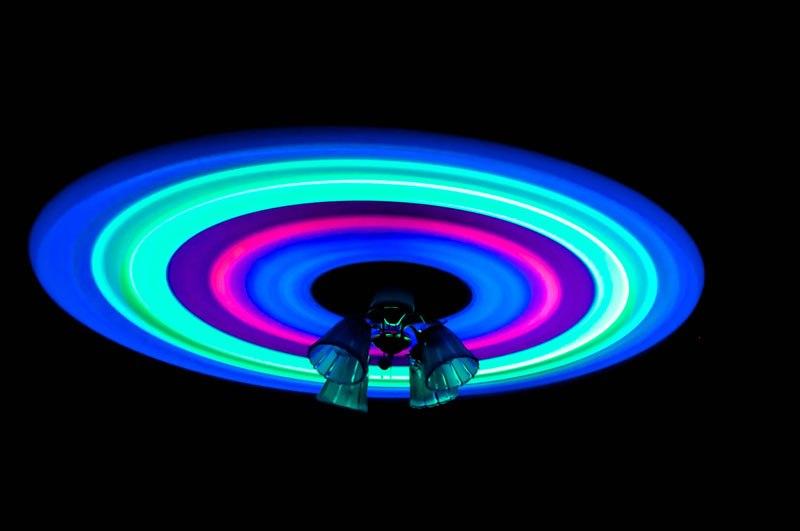Mk2 Golf in all it's glory.

Results 276 to 300 of 2906
Thread: Amazing picture thread
-
04-10-2013, 06:17 PM #276
-
05-10-2013, 06:02 AM #277
-
07-10-2013, 12:12 AM #278
-
07-10-2013, 02:54 PM #279

House on Fire Ruin - Mule Canyon
-
08-10-2013, 12:26 PM #280
-
11-10-2013, 02:27 PM #281
-
14-10-2013, 01:39 PM #282
The City is Mine - New York. Taken from Empire State Building


In this mind-blowing photograph, taken 12 February 1984, Mission Specialist Bruce McCandless II, is seen further away from the confines and safety of his ship than any previous astronaut had ever been. This ‘space first’ was made possible by the Manned Maneuvering Unit or MMU, a nitrogen jet propelled backpack.Lang may yer lum reek...
-
17-10-2013, 09:21 AM #283
Juvenile planthopper

-
18-10-2013, 03:52 AM #284
-
18-10-2013, 07:32 AM #285
Gay post for the Ladies

-
19-10-2013, 01:53 PM #286
-
21-10-2013, 01:12 AM #287
As in, you see it and you jump? Freaky.
Here is my offering for today, anybody been here?

A PLACE TO PONDER Photograph by Warachai Krengwirat/Photos of Thailand Seen here is a beautiful outlook point at Sai-Thong National Park in Chaiyaphum province, Thailand.
-
22-10-2013, 02:04 PM #288
Bushfire approaching Katoomba NSW.

-
22-10-2013, 03:41 PM #289
-
31-10-2013, 04:51 PM #290Thailand Expat
































- Join Date
- Nov 2008
- Last Online
- 06-06-2025 @ 12:42 AM
- Location
- Berlin Germany
- Posts
- 7,261
Remember the hype about fractal structures a few years back? I downloaded a fractal software and this is one of the sample structures that came with it.
Who says math cannot be beautiful?

The software is called fractalizer.
I actually uploaded a 1920x960 pixel version I made as a wallpaper but it seems the forum software castrated it to 1024x960 even before that yellow sign reduced it further for display."don't attribute to malice what can be adequately explained by incompetence"
-
31-10-2013, 07:48 PM #291Newbie




- Join Date
- Oct 2013
- Last Online
- 01-11-2013 @ 09:23 PM
- Posts
- 13
^ What math does it do?
Or do you need a smoke of crack to understand it.
-
31-10-2013, 08:14 PM #292Thailand Expat
































- Join Date
- Nov 2008
- Last Online
- 06-06-2025 @ 12:42 AM
- Location
- Berlin Germany
- Posts
- 7,261
Fortunately I don't have to understand it. The picture I showed is made using the Mandelbrot set, as you can easily see. Originally Posted by J Davies
Originally Posted by J Davies

Fractal - Wikipedia, the free encyclopedia
From Wikipedia
If you want to play with it, here the link.
Fractalizer fractal program, Mandelbrot-set fractals zoom images
It has a number of tips how to get interesting designs. Once you have one fractal calculated you can zoom into it indefinitely and ever more details can be seen even when zooming in 1.000.000.000.000 times.
-
14-11-2013, 10:50 AM #293
Panoramic mosaic of new Cassini Saturn shots.

-
14-11-2013, 11:07 AM #294
On the space theme:

NASA ISS023-E-058455 (29 May 2010) – Aurora Australis is featured in this image photographed by an Expedition 23 crew member on the International Space Station. Among the views of Earth afforded crew members aboard the ISS, surely one of the most spectacular is of the aurora. These ever-shifting displays of colored ribbons, curtains, rays, and spots are most visible near the North (Aurora Borealis) and South (Aurora Australis) Poles as charged particles streaming from the sun (the solar wind) interact with Earth’s magnetic field, resulting in collisions with atoms of oxygen and nitrogen in the upper atmosphere.

In this breathtaking 18-picture panorama by Justin Kern, we see the Milky Way Galaxy in the night sky from ‘Tunnel View’ at Yosemite National Park in California. Oh and that bright looking star just to the right of the bottom-middle of the image is Jupiter
-
15-11-2013, 08:23 AM #295
Asteroids That Orbit The Earth...

One of the reasons we prepare - hopefully...
-
15-11-2013, 10:27 AM #296Thailand Expat
































- Join Date
- Nov 2008
- Last Online
- 06-06-2025 @ 12:42 AM
- Location
- Berlin Germany
- Posts
- 7,261
They orbit the sun. Some of them are crossing the earth orbit. Those can be dangerous. Originally Posted by Boon Mee
Originally Posted by Boon Mee
But a nice display of the dynamics of the asteroid belt. I had not seen that before.
-
15-11-2013, 10:46 AM #297
Glow sticks and ceiling fan.

-
15-11-2013, 04:37 PM #298
-
15-11-2013, 11:55 PM #299
If the center dot is the Sun then it's basically saying Earth orbits the Sun once per year. Or am I being a spastic?
-
16-11-2013, 01:30 AM #300Thailand Expat
































- Join Date
- Nov 2008
- Last Online
- 06-06-2025 @ 12:42 AM
- Location
- Berlin Germany
- Posts
- 7,261
The graph is really about those tiny red and green spots. Most interesting and I must say surprising to me.
Spot on. Originally Posted by dirk diggler
Originally Posted by dirk diggler
No comment. Originally Posted by dirk diggler
Originally Posted by dirk diggler
Thread Information
Users Browsing this Thread
There are currently 1 users browsing this thread. (0 members and 1 guests)




 Reply With Quote
Reply With Quote








